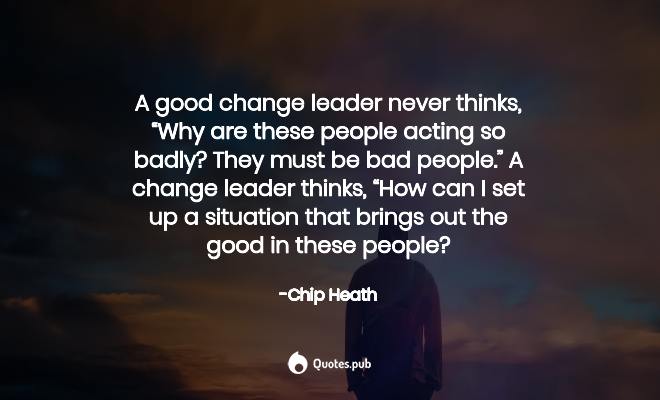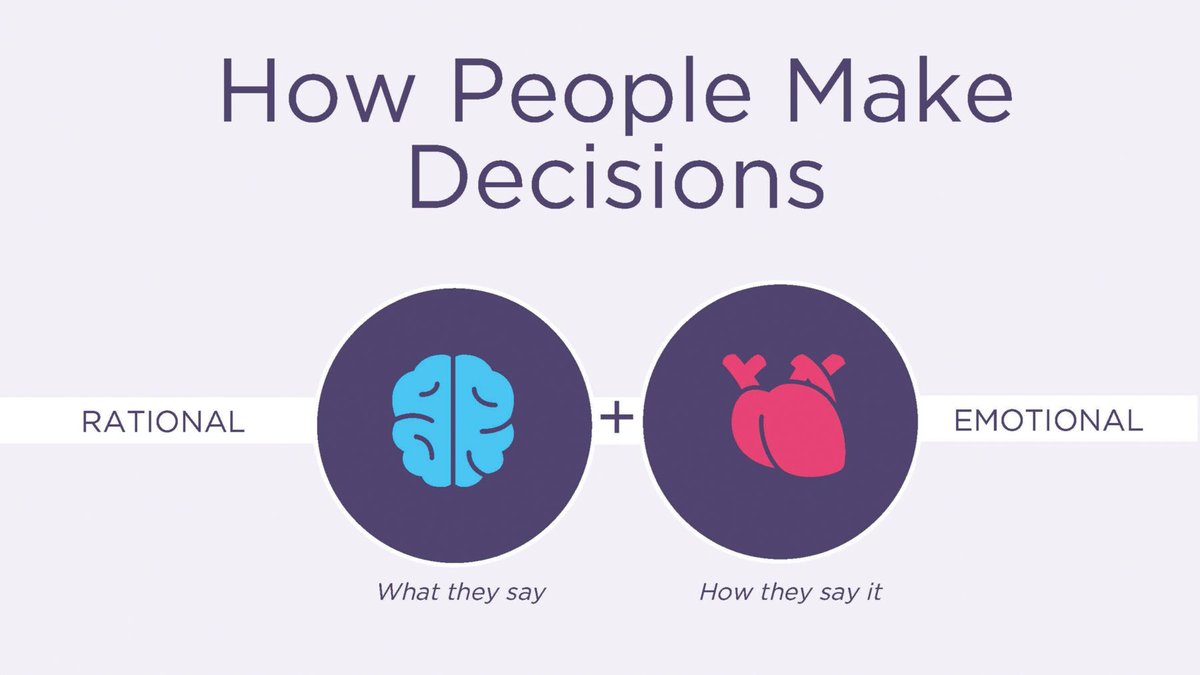Thread:
1/ There are growing calls for effective strategies to message to the public about risk and behavior change in the #COVID pandemic.
https://twitter.com/PnPCBC/status/1308559278551240708?s=20">https://twitter.com/PnPCBC/st...
A few thoughts on influencing behavior.
1/ There are growing calls for effective strategies to message to the public about risk and behavior change in the #COVID pandemic.
https://twitter.com/PnPCBC/status/1308559278551240708?s=20">https://twitter.com/PnPCBC/st...
A few thoughts on influencing behavior.
2/ It’s worth reflecting on how we can influence behavior (nicely summarized in the book Switch)
Behavior is influenced by our
1.Emotions
2.Rational thought
3.Environment (designing path of least resistance) https://medium.com/@jeffmarr/switch-by-chip-dan-heath-book-summary-b2d72a2944b8">https://medium.com/@jeffmarr...
Behavior is influenced by our
1.Emotions
2.Rational thought
3.Environment (designing path of least resistance) https://medium.com/@jeffmarr/switch-by-chip-dan-heath-book-summary-b2d72a2944b8">https://medium.com/@jeffmarr...
3/ Importantly, emotions and rational thought often compete… and emotions typically prevail. How do we capitalize on that?
4/ One way is heavy focus on stories or narratives. In #COVID19, this might be, stories about patients & how they were impacted by the disease, how they thought their behavior was ok but still contracted it, or specifics about community transmission events
5/ For e.g. this story by @shanxonline about a young person who he treated for #covid19 tho unfortunately died is far more compelling than telling young ppl to stay at home... https://twitter.com/shanxonline/status/1308794456573968385?s=20">https://twitter.com/shanxonli...
6/ Public health is starting to communicate specific events where multiple folks contracted the disease which is great. Though I& #39;d say (while maintaining confidentiality) even more detail would help
7/ if a BBQ leads to multiple people contracting #covid, tell us the specifics. Paint the picture of how that happened so I can contextualize & understand my own risk. Were people wearing masks, how long were people hanging out together, was social distancing practiced etc.
8/ We (as humans) can’t apply population level statistics to our own lives. Its very difficult because each of our situations is inherently unique. I can however compare specific events that led to folks getting infected and cross reference those to help guide my decisions.
End
End
9/ the caveat to this is we still need data...we need data to tell evidence-informed stories (ie emphasizing those that align with our broader & scientific understanding of disease transmission)

 Read on Twitter
Read on Twitter




